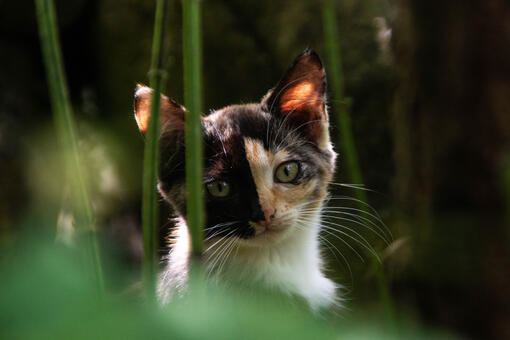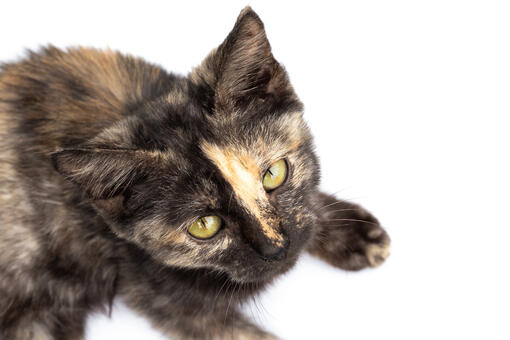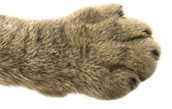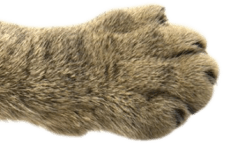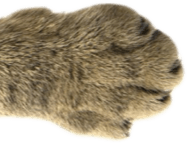
The Chimera cat has become ever more popular through the power of social media. But this mysterious and fascinating feline has a long history. There is plenty about this cat to make any animal lover fall in love with them. So, carry on reading to find out all you need to know about Chimera cats.
What are Chimera cats?
The striking Chimera cat results from a very rare genetic quirk. They an amazing appearance with the fur on one side of its face one colour, and the fur on the other side a different colour. In many Chimera cats, the line that separates the two colours is almost straight.
Interestingly, Chimera cats have deep roots in Greek mythology. The Chimera from Greek mythology is a fire-breathing monster that has the head of a lion, the body of a goat, and a tail like a serpent.
Why does the Chimera cat look this way?
Chimera cats are some of the most beautifully marked cats in the feline world. There are many questions as to how they gained their markings, and whether they were intentionally bred to look that way.
The Chimera cat is made up of cells from two different embryos, which fuse together in the very early stages of pregnancy. However, this mix in DNA will show differently in each cat. Some may be born with slight differences in colour, whilst others will have such dramatic colour differences that you will have that striking split-face Chimera effect.
Do Chimera cats have different coloured eyes?
Not only do Chimera cats have split faces, but another noticeable characteristic is also their two different eye colours. Of course, there are other cat breeds that can be born with different coloured eyes, so ‘odd eyes’ don’t necessarily mean that your cat is a chimera.
Are they the same as Calico and Tortoiseshell cats?
Chimera cats are not the same as calico and tortoiseshell, although this mistake is often made. Most calico and Tortoiseshell cats are female. Although very rare, male tortoiseshells do exist! The reason for the predominance of female tortoiseshells is genetic. Like other mammals, female cats have two X chromosomes (XX), while males have an X and a Y chromosome (XY). This difference in the chromosome makeup of male and female cats is responsible for the differences in the incidence of tortoiseshell coat colour between the two sexes. Interestingly male tortoiseshell cats have an extra X chromosome (XXY).
What are a Chimera’s characteristics?
Other than its unique appearance, the Chimera cat doesn’t have distinct characteristics. However, one of the best things about owning a Chimera is that they have many natural behaviours and characteristics that we love, just like other felines.
Most Chimera cats are sweet and gentle, but they can have an independent and confident side to them. Some owners might say that they can also be stubborn at times. Their personalities come through in their body language, much like other cat types.
Do Chimera cats have health issues?
There is very limited data regarding health issues in Chimera cats. However, in people, chimerism has been linked to disorders of the immune system and infertility.
Due to the unique genetic XXY configuration of male calico and tortoiseshell cats, they can be prone to specific health conditions, which can shorten their lifespan. Issues associated with the XXY syndrome include some cognitive and developmental issues, reduced bone mineral content and increased body fat, therefore predisposing XXY cats to cat obesity.
Chimera cats are some of the most beautiful cats that there are, and deserve just as much love as the rest!
That’s the end of our Chimera cats guide. Want to learn more about other gorgeous-looking cats? Why not take a look at our article on bicoloured cats, next?

